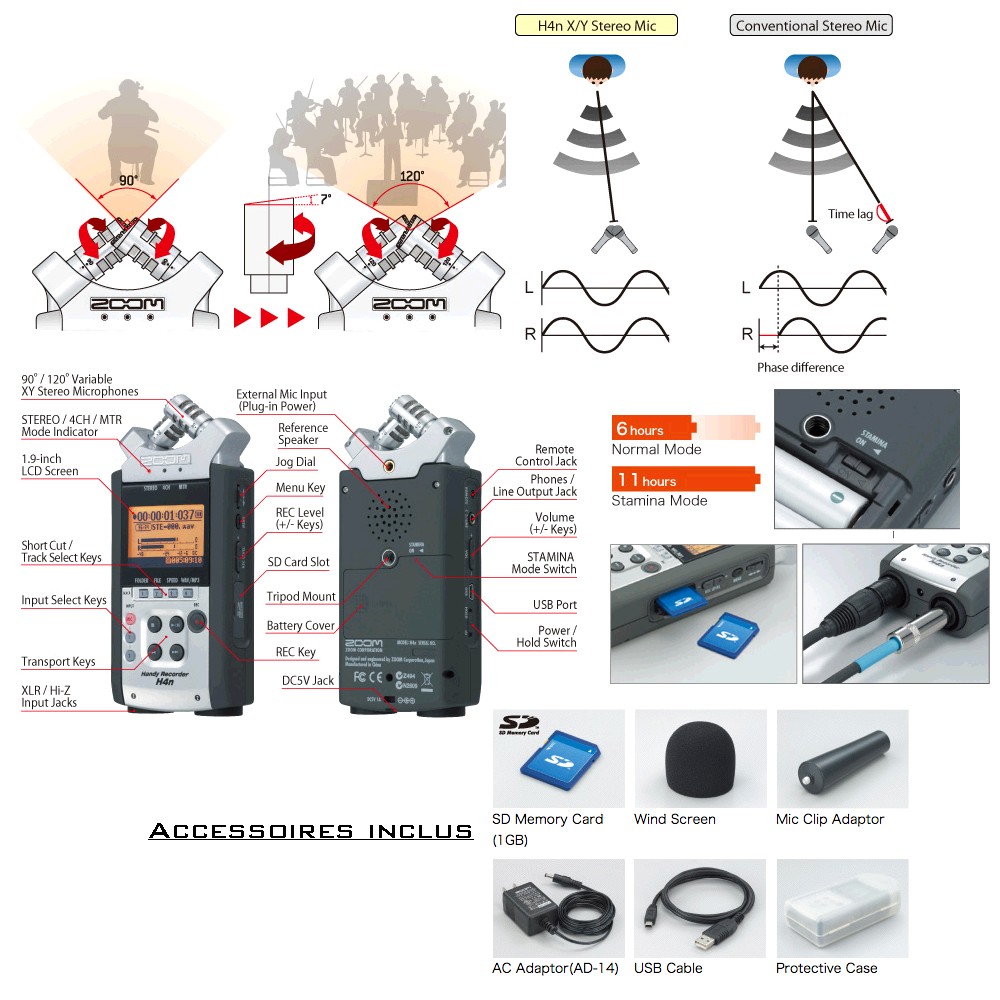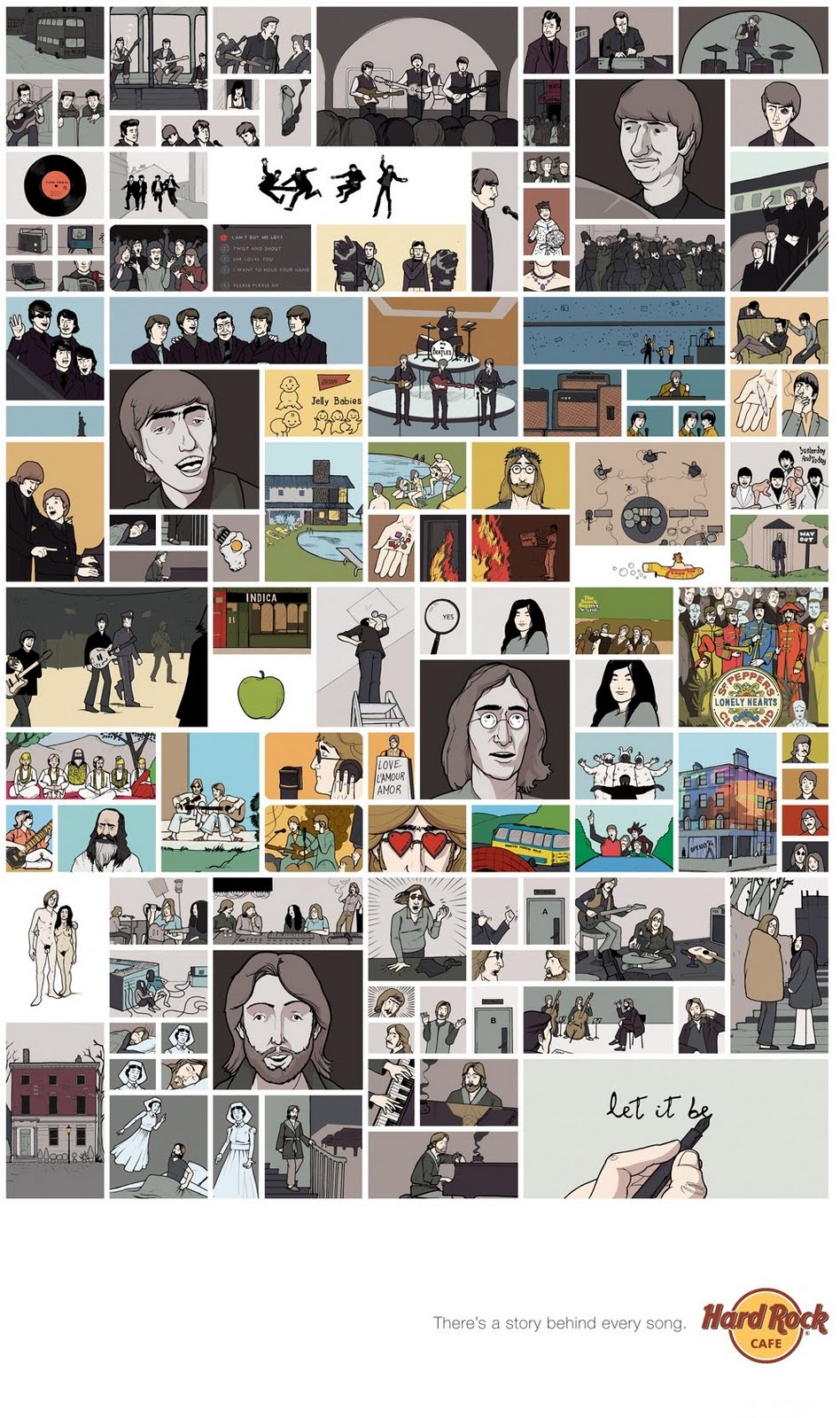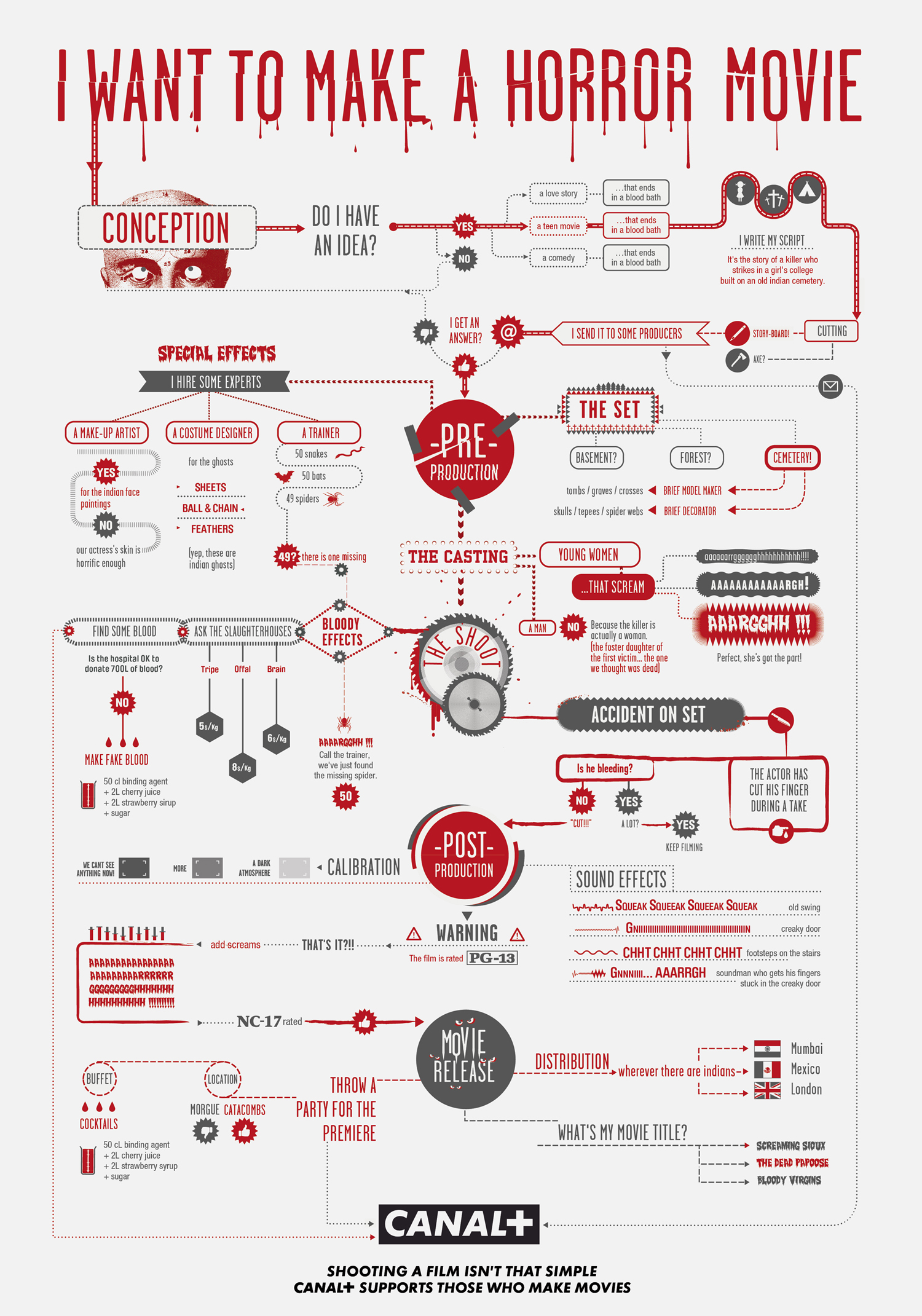10 Specs omitted from the ZOOM H4n
Posted on 26th April 2012
Pros
- Great audio quality recording [Better than CD: up to 24bit/96kHz].
- Affordable price [around £230 / $300].
- Stereo pair Condenser mics.
- Phantom Power [+48v/+24V] for external mics supported.
- Works fine with batteries [around 5 continuous hours].
Cons:
- Doesn’t allow you to check input levels or setting if the SD Card is not inserted into the slot [that is annoying].
- You can not mix the four channels independently [just in groups of two: front mics or input lines].
- Noisy if you handle it while recording because of the high level of sensitivity of the mics.
- You can not adjust input levels while recording.
- The velocity of the meters is quite slow.
There is a whole description here if you plan to buy a Zoom for your project.
Image Ref
Woodbrass 2012, Zoom H4N [online], Woodbrass Music Instruments, 1,
Available from: http://www.woodbrass.com/zoom-h4n-p63004.html
[Accessed: 22.4.2012].


